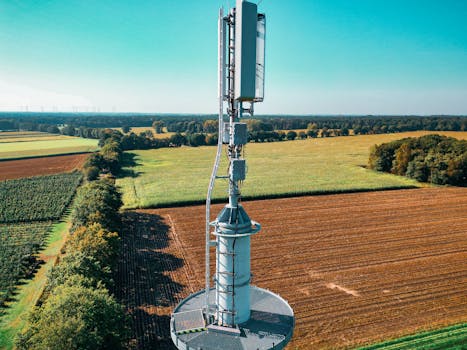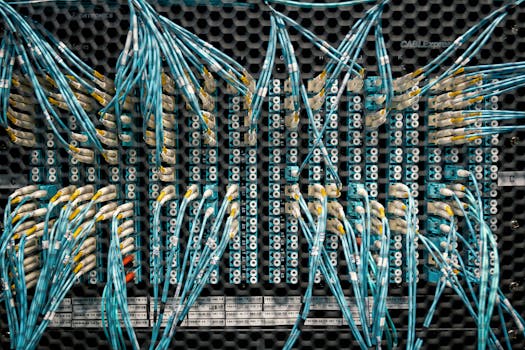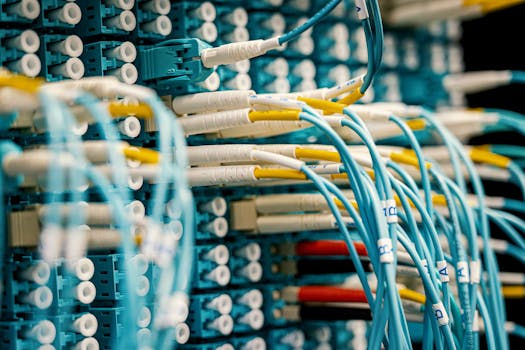Breaking Barriers: The Role of Flexible Glass Fibers in Ultra-Fast Data Transmission

Breaking Barriers: The Role of Flexible Glass Fibers in Ultra-Fast Data Transmission
Flexible Glass Fibers in Ultra-Fast Data Transmission have been a game-changer in the field of telecommunications, enabling faster and more reliable connectivity. The increasing demand for high-speed data transmission has led to the development of innovative materials and technologies, and flexible glass fibers are at the forefront of this revolution. In this article, we will explore the role of flexible glass fibers in ultra-fast data transmission and their potential to break barriers in the field of telecommunications.
The traditional glass fibers used in data transmission have several limitations, including brittleness and rigidity, which can lead to signal loss and damage. Flexible glass fibers, on the other hand, are designed to be more durable and flexible, making them ideal for use in a wide range of applications, from data centers to 5G networks. These fibers are made from a specialized type of glass that is capable of withstanding extreme temperatures and bending, allowing them to be used in tight spaces and harsh environments.
The Benefits of Flexible Glass Fibers

Flexible glass fibers offer several benefits over traditional glass fibers, including improved flexibility, increased durability, and enhanced signal transmission. These fibers are capable of transmitting data at speeds of up to 100 Gbps, making them ideal for use in high-speed data centers and 5G networks. Additionally, flexible glass fibers are more resistant to signal loss and interference, ensuring that data is transmitted reliably and efficiently.
Another significant advantage of flexible glass fibers is their ability to be used in a wide range of applications. From data centers to 5G networks, these fibers can be used to connect devices and transmit data in a variety of environments. This versatility makes flexible glass fibers an attractive option for telecommunications companies and data center operators looking to upgrade their infrastructure.
Real-World Applications of Flexible Glass Fibers

Flexible glass fibers are already being used in a variety of real-world applications, including data centers, 5G networks, and fiber-to-the-home (FTTH) networks. In data centers, flexible glass fibers are used to connect servers and storage devices, enabling fast and reliable data transmission. In 5G networks, these fibers are used to connect cell towers and small cells, providing high-speed data transmission to mobile devices.
In FTTH networks, flexible glass fibers are used to connect homes and businesses to the internet, providing fast and reliable broadband access. These fibers are capable of transmitting data at speeds of up to 10 Gbps, making them ideal for streaming video and online gaming. Additionally, flexible glass fibers are being used in a variety of other applications, including aerospace, automotive, and medical devices.
Conclusion

In conclusion, flexible glass fibers are breaking barriers in the field of ultra-fast data transmission, enabling faster and more reliable connectivity. These innovative fibers offer several benefits over traditional glass fibers, including improved flexibility, increased durability, and enhanced signal transmission. With their versatility and wide range of applications, flexible glass fibers are an attractive option for telecommunications companies and data center operators looking to upgrade their infrastructure. As the demand for high-speed data transmission continues to grow, flexible glass fibers are likely to play an increasingly important role in the development of next-generation telecommunications networks.